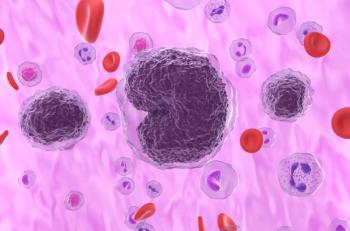
Study Suggests Need for Optimized Migraine Therapy
Research aimed at evaluating migraine treatment patterns following the development of calcitonin gene-related peptide (CGRP) antagonists found that the majority of triptan users had no prophylactic medication therapy, suggesting the need for optimized migraine therapy.
The
“Numerous persons with acute migraine can be adequately treated by triptans alone, but a relevant proportion need prophylactic interventions, as their attacks are either very frequent or are insufficiently controlled by acute therapy,” the authors explained. “However, all these drugs may be connected with adverse effects…Thus, specific patient populations with severe migraine are currently lacking effective therapies, and new approaches for the management of migraine therapy for these patients are needed.”
The data revealed that triptans were used by 10,090 patients in 2015. Of these patients, 82.6% used triptan only, 12.9% changed treatment between triptan and prophylactics, and 4.5% received both in combination within 1 year, according to the results.
Furthermore, the researchers noted that of the triptan users with ≥1 prophylactic prescription in the first quarter, 48.6% used beta-blockers, 40.7% used prophylactics other than beta-blockers, and 10.7% with a combination of both. Many patients who received beta-blockers and other prophylactics during the first quarter continued the combination over the 4 quarters they were evaluated.
“The present study is a comprehensive claims-based analysis describing the treatment patterns in patients in need of medical treatment for migraine,” the study concluded. “The majority of triptan users had no prophylactic medication therapy; however, analyses also revealed a small, but relevant high user group having beta-blockers and other prophylactics during all 4 quarters. Results help to describe and quantify the migraine patient population that might potentially benefit from the novel CGRP-targeted drugs.”
The study represented a comprehensive overview of recent triptan data, demonstrating the need for a more effective migraine strategy. The researchers suggested future studies consider these results especially after the introduction of CGRP antagonists.
Research
Huber CA, Agosti R, et al. Treatment patterns in patients using triptan and prophylactic medication: an analysis of clinical practice prior to the introduction of CGRP antagonists [published online July 19, 2019]. J Pain Res. doi.org/10.2147/JPR.S207606
Newsletter
Stay ahead of policy, cost, and value—subscribe to AJMC for expert insights at the intersection of clinical care and health economics.













































